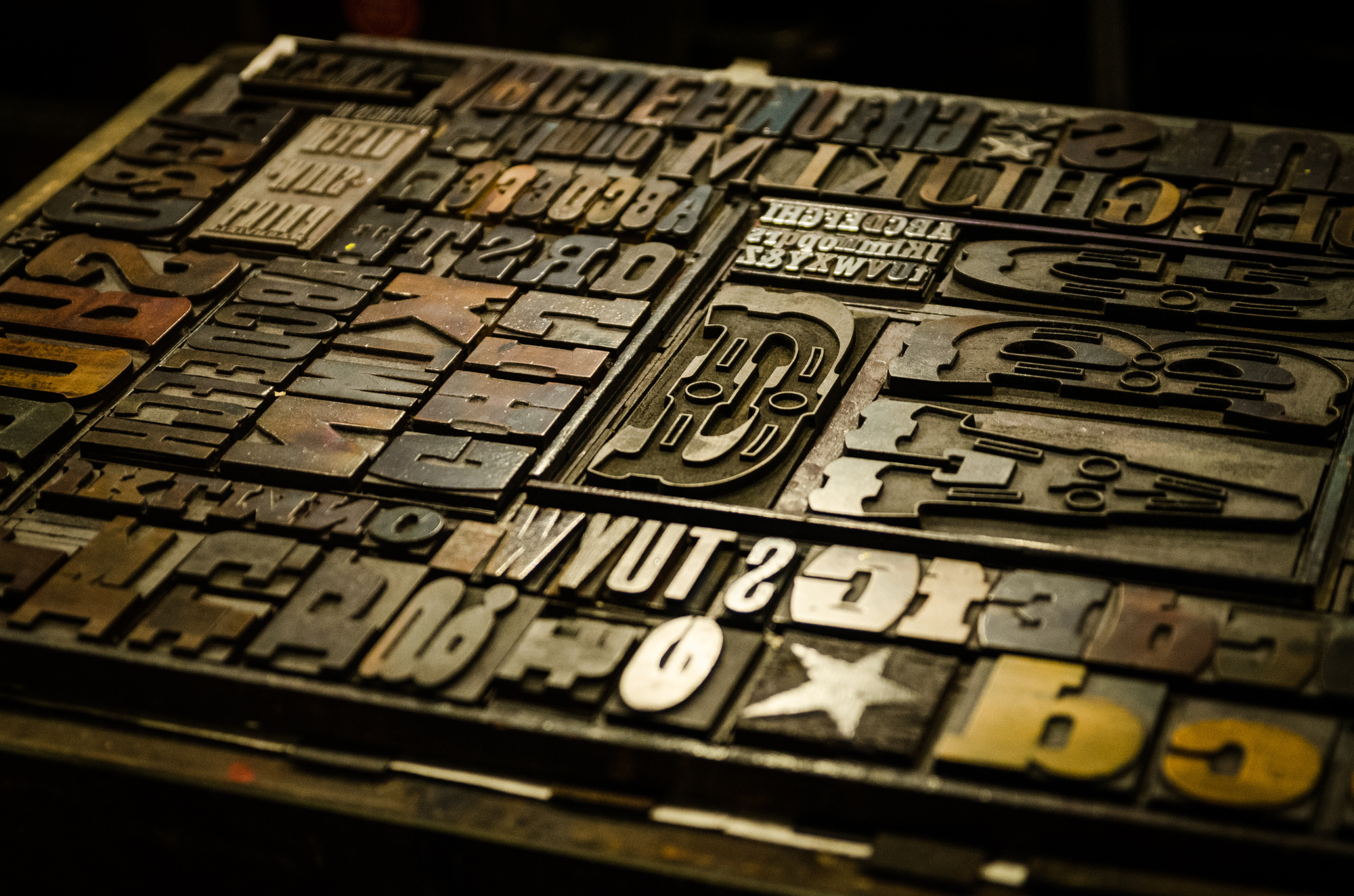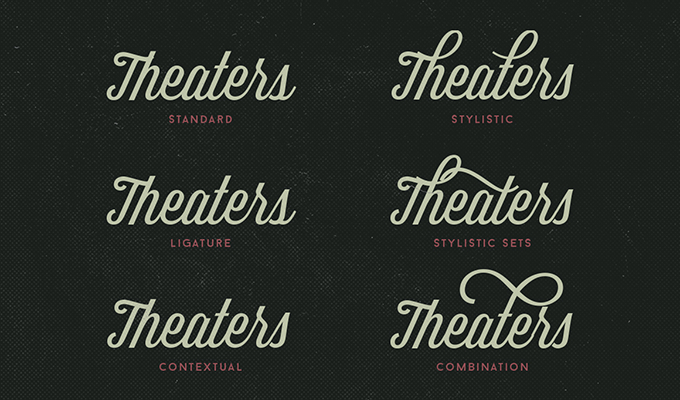
Separate the URI directory source info from the font family name. Enumerate the typefaces in the collection. typefaces = Fonts.GetTypefaces("file:///C:\\Windows\\Fonts\\#Georgia") Check out our portfolio and our subscription plans and get flyers, brochures, banners, logos, t-shirts, and much more with a 24 to 48 hour turnaround time.Object Typeface Examples // Return the typeface collection for the fonts in the selected URI location. We offer unlimited design requests and unlimited revisions. If you don’t want to go through the trouble of understanding the basics of graphic design, you can let Design Shifu handle all your design requirements.
#Typeface vs font pro
Pro tip – Don’t use more than two typefaces together in any design. Similarly, choosing too many typefaces can also make your design look unprofessional and more so, make it illegible. In brief, Serif fonts are classic and make your audience feel like your brand is trustworthy and respectable, Bold fonts are powerful, and can grab attention easily, and script fonts are special and elegant if implemented easily. Choosing the wrong font can change the feel of your design and incite a different reaction from your audience than intended. It is also important to understand font psychology before you choose a typeface.

This knowledge also comes handy when you’re probably coding for a specific type of display, or are working on product design, or web design, etc. However, if you’re particularly dealing with a designer and wish to be precise, or if you are designing something on your own, it is important to know the difference. Ideally, if you have designers that can handle everything for you, like our designers at Design Shifu, you don’t need to care about the difference. The whole font vs typeface debate became a thing because typeface and font began to be used interchangeably as desktop publishing emerged, where various applications used the term “font” in their menus instead of “typeface.” Why should you care about the difference? Printers cast complete sets of metal letters that make up a font. The word font comes from the French word ‘fonte’ which means cast in metal. Each font has a specific condensation, italicization, width, etc. So… The differenceĪ typeface is basically a type family, a collection of a set of certain related fonts.įonts, on the other hand, are the style, effect, or weight of a typeface. We have coffee, as in coffee beans and then we have different types of coffee, like a pour-over, or a french press, or an espresso.Ĭoffee then is the typeface and the different ways of making coffee are the fonts. For example, Helvetica is a typeface and Helvetica Bold, Helvetica Light, Helvetica Regular are all fonts.Ī simple analogy to understand the difference between typeface and font is to look at it as if it’s coffee. The major difference between typeface and font is that font is a part of the typeface.

Font vs Typeface has always been an ongoing topic of discussion in the community, so let’s settle it once and for all.
#Typeface vs font professional
Interestingly, it is not uncommon to use the terms typeface and font interchangeably, but professional designers know the difference between the two. And yes, there is a difference between the two. The font vs typeface debate is an infamous one in the graphic design community.

Typography can dictate the mood of the design depending on the choice of fonts, and the choice of different typefaces, etc. Professional designers are well aware of the impact of typography in design. Typography is one of the crucial elements of graphic design.


 0 kommentar(er)
0 kommentar(er)
